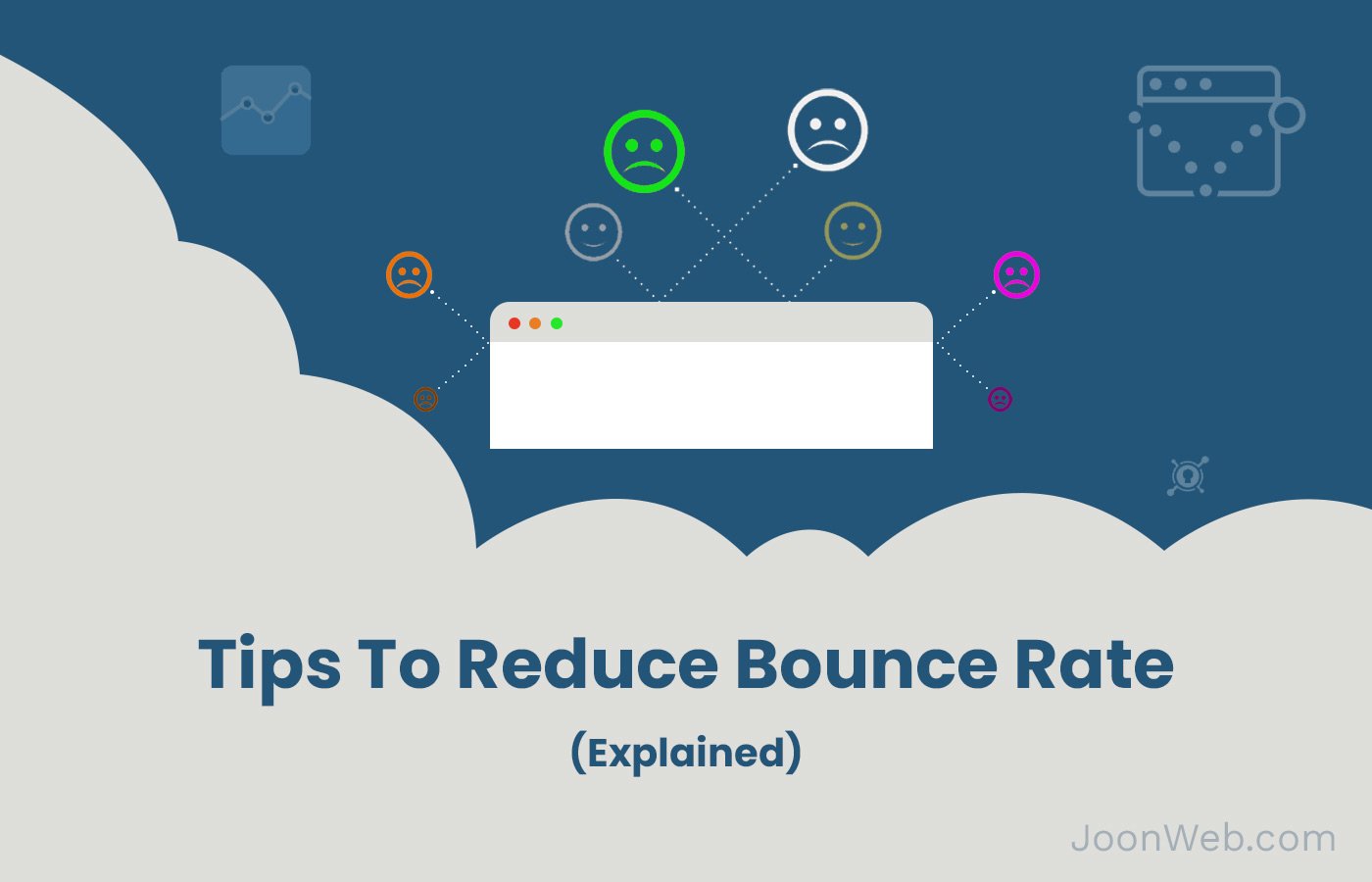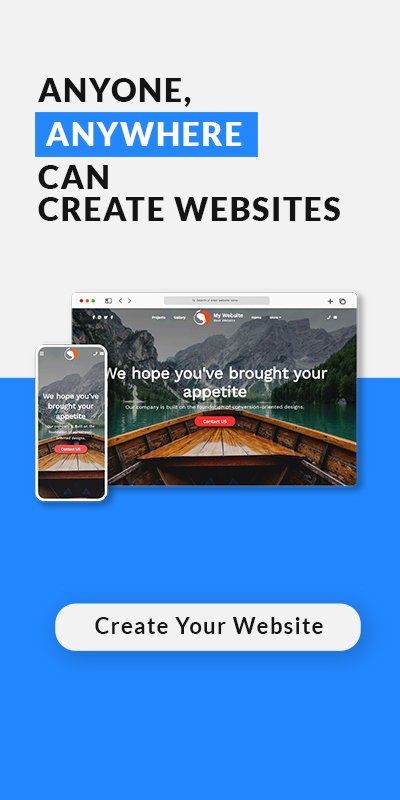The bounce rate of a website is significant because it indicates how successfully — or, more crucially, how poorly — people engage with the content or user experience of a webpage. Bounce rate importance is determined by many factors
When someone views a single page on your website and does nothing before leaving, the bounce rate is measured. Traffic sources play a major role in determining your site's bounce rate. A good bounce rate is in the range of 26 to 40 percent.
The amount of visitors that leave a website without taking any action, like purchasing anything, filling out a form, or clicking on a link, is known as the bounce rate. It's critical to understand bounce rate as a marketer and how it affects your overall digital marketing strategy.
A high bounce rate, for example, may indicate technical SEO issues like a slow page load time. In this article, we'll go over what makes a decent bounce rate and how to enhance it so that your conversion rates and organic search results improve. The overall bounce rate depends upon the site content.
Table of Contents
1. Problems With Your Website's Bounce Rate
2. Steps To Improve Your Bounce Rate
4. Widgets & Promotions In The Sidebar Should Be Used Sparingly
5. Smart Formatting Makes Your Content More Accessible
6. Compare The Bounce Rate To The Time Spent On The Site
7. Make Sure That Your Website Is Easy To Search
8. Optimize Ruthlessly For Relevance
9. Include a Single, Straightforward Call To Action
10. Restructure Your Product Pages
11. Mobile-Friendly Design Helps You Improve Your Bounce Rate
12. Make Your Site's Navigation As Simple As Possible (Most Important Point)
Problems With Your Website's Bounce Rate
You've probably noticed the Time on Page metric in Google Analytics alongside the Bounce Rate. This is an estimate of how long readers spend on average on a certain page, as the name implies. The percentage of visitors affects the bounce rate of your site. Higher bounce rates can decrease the value of your site
Time on Page is an approximated metric rather than a clearly defined measurement because Google Analytics (and other analytics platforms) requires two clicks to accurately calculate it: an "entrance" click (typically the link click that brings a user to a page in the first place) and an "exit" click (typically a click on a navigational element that takes them away from a page).
Unfortunately, this critical exit click is frequently overlooked. Have you ever viewed a page for a few minutes before shutting the tab (or the browser)? If that's the case, Google Analytics won't be able to accurately calculate Time on Page because it missed the crucial exit click during that session.
In this case, it doesn't matter if a visitor landed on a page, read the full 8,000-word blog post, and then exited completely pleased – if they close the tab without hitting the quit button, the session is recorded as a bounce.
Steps To Improve Your Bounce Rate
1. Reduce Webpage Load Time
Many marketers feel that if their bounce rate is high, the problem must be with the page's content, whereas in truth, serious issues can emerge before a user even has a chance to read it. The worst flaw a website can have is that it takes an eternity to load.
After all, it doesn't matter if a website's content is great or bad if a user can't read (or even see) it, and more than 45% of visitors want a web page to load in two seconds or less, making on-page SEO critical to lowering your bounce rate.
This is especially true when it comes to mobile websites. As per reports, a connection speed delay of just 500 milliseconds can result in a 26 percent rise in "peak annoyance" and an 8 percent drop in engagement.
Slow-loading pages are also one of the most common reasons for eCommerce shoppers abandoning their carts. Only 2% of the top 100 e-commerce websites in the world have mobile sites that load in under five seconds, and a full loading time of nearly eight seconds for one-fifth of them is virtually criminal for a business that depends so heavily on conversion rate optimization.
2. Widgets & Promotions In The Sidebar Should Be Used Sparingly
Some websites are perfect for providing your visitors with relevant articles, deals, and other information. Blog sites are a good example, and you'd be hard-pressed to find a good blog that didn't include something in the sidebar.
Cramming your content's digital margins with adverts, discounts, award badges, and other nonsense, on the other hand, is a certain method to overwhelm your visitor and persuade them to leave.
3. Smart Formatting Makes Your Content More Accessible
Here are some ideas for making content look less intimidating:
- Headers should be used appropriately.
- Subheadings are used frequently.
- Images that are appropriate
- Lists with bullets
These formatting options make your information more accessible to readers and allow them to swiftly browse or skim your content to find the parts that are most relevant to their requirements. Contrarily, don't undervalue your readers' intelligence.
4. Compare The Bounce Rate To The Time Spent On The Site
Taking bounce rate data out of context can be just as problematic as depending on it solely as a barometer of your site's performance. It's crucial to consider your bounce rate in the context of your entire website.
This will help you determine whether the issue is with a specific page, a type of page (such as your site's blog or product pages), or your entire site.
5. Make Sure That Your Website Is Easy To Search
Even in the year 2022, site search functionality appears to have remained essentially untouched from the headache-inducing days of Geocities sites. For whatever reason, site search is often neglected by websites, which represents a significant missed opportunity to give your visitors the resources they need to find what they're looking for while also reducing bounce rates.
In terms of control, even the most accurate, relevant content recommendations place the ball firmly in your court. Site Search, on the other hand, allows visitors to locate exactly what they're looking for, rather than what you believe they're looking for.
6. Optimize Ruthlessly For Relevance
Aside from technical concerns like page load times and failing to follow formatting best practices, one of the most significant contributors to high bounce rates is relevance – or lack thereof.
Some websites work hard to target specific keywords, only to deliver information that is only loosely related to the query at best, and completely unrelated at worst.
You can practically guarantee that a user will bounce if the page you're serving isn't directly relevant to their query. As a result, it's critical that you prioritize relevancy over all other factors.
7. Include a Single, Straightforward Call To Action
Just as you should think about what the user wants when delivering content, you should also consider what action you want users to take after they've eaten whatever content you're offering.
You may prompt your visitors to take action by presenting ONE crystal-clear call to action after you know what you want them to do. The more CTAs you have on a single page, the more likely your visitors will be confused and overwhelmed.
Sure, it'd be ideal if we could put multiple CTAs on a single page and trust visitors to thoroughly explore and assess each one before taking action, but let's face it, that's not very likely. Visitors should be able to find – and do – what they want to do quickly and effortlessly on your site.
8. Restructure Your Product Pages
It can be difficult to obtain product pages. If you provide too much information, your viewers may become overwhelmed. If you provide your prospects too little information, they may not feel as if they have enough information to make an informed decision.
However, if you spend even a little time looking at product pages, you'll likely see various improvement opportunities that could help you not only reduce bounce rates but also increase conversion rates.
9. Mobile-Friendly Design Helps You Improve Your Bounce Rate
It's a little depressing that we have to emphasize how critical this is, but the number of websites that aren't mobile-friendly is staggering. With the number of people accessing the Internet primarily through mobile devices growing every year, failing to optimize your site for mobile is essentially encouraging users to leave and go somewhere else.
Unfortunately, in the case of larger websites, developing a mobile-friendly site is a huge pain in the neck. That's all there is to it. It can be a time-consuming process that may be beyond your technological capabilities, resulting in an additional (significant) cost for your site or organization.
10. Make Your Site's Navigation As Simple As Possible (Most Important Point)
You might think of your site users as lazy, entitled, spoilt little snowflakes who want everything spoon-fed to them with no work in the simplest (albeit probably harshest) terms.
This may not be the most lovely image of your target demographic, but let's face it: if you make your users do even the tiniest bit of work to acquire what they want, they'll simply leave and go to another site. As a result, it's critical that your website navigation be as simple as possible.
Consider a user's perspective on a normal browsing session on your site. They arrive at your site, and after a brief examination of your website content – frequently the only time you have – they conclude that, while this page isn't exactly what they're looking for, your site may be able to provide them with what they're looking for.
They then try to find the page they're looking for, only to discover that your navigation is obscured by illogical animated drop-down menus, image links that don't look like image links, and other navigational horrors. What do you believe they'll do next, in your opinion? They'll bounce, that's for sure.







